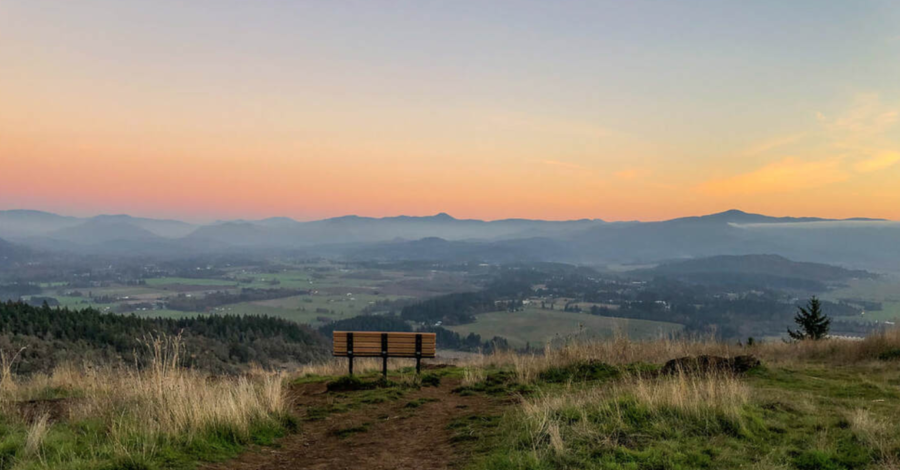The first-ever review of the interagency hotshot crew program found that hotshots have been working under an “unsustainable system” and recommended 50 changes to improve current labor conditions.
The review, requested by the National Interagency Hotshot Crew Steering Committee, began on July 16, 2021, and the report was finalized in August.

“The hotshot program is at a crossroads. In a time where more wildland firefighting capacity is needed, applicant lists for hotshot crews are less robust and the workforce is diminishing,” the report says. “If these challenges are not addressed in a timely manner, the current unsustainable system may leave crews unable to provide the leadership, expertise, and capabilities required in today’s wildland fire environment.”
The report summed up its recommendations in 12 points, which included:
-
- Develop a specific wildland firefighter job series and increase pay
- Provide a $40,000 minimum annual supply budget to each crew
- Require a three-day rest and recuperation period
- Allow crewmembers to attend personal events
- Modify the hiring process
- Start an outreach program to increase recruitment
- Create a 30-day process to fill key vacancies
- Update and clarify the Standards for Interagency Hotshot Crew Operations (SIHCO) so they are no longer misinterpreted by host units
- Create an annual charter and program of work for the hotshot crew program to further limit gaps between leadership and the field
- Update the repair and procurement processes for hotshot vehicles
- Develop a minimum facility standard for hotshot crew facilities
- Add housing, modify housing costs and create a consistent housing policy
The review addressed potential challenges to meeting the recommended changes, including lack of investment, systemic pushback, and cultural norms. Hotshot crew superintendents also said they’d prefer freedom and flexibility to make decisions for their own crews.
Without the recommended changes, the committee said agencies may not be able to sustain the current number of crews.
“It is important to acknowledge that while the fundamental reasons hotshot crews exist have not changed, the environment they operate in has,” the report said. “Unprecedented environmental challenges and increased social and political expectations contribute to IHCs finding themselves in high demand and short supply.”
The committee said similar reviews should be conducted by other program managers before the recommendations are broadly applied.











